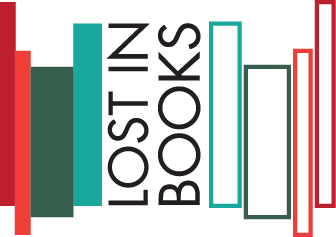Episode 5. Abstraction: Mixed Media Painting
Fun With Paints - An Honest Guide to Application and Experimentation
Paint is fun, fierce vibrant and is, without a doubt, one of my favourite mediums to play with. Whether it’s acrylic, gouache, watercolour or oils, the way in which these liquified pigments bring life to canvas is nothing short of stunning.
With this segment of Table of Plenty, we focus on acrylic paint and the simple ways in which you can have fun with this incredible medium.
Why Acrylic?
For this part of Table of Plenty, we have elected to use Acrylic Paint on account of its ease of use, accessibility, vibrancy, malleability and quick drying times.
This light and lasting kind of paint can create a versatile range of textures, tones and shades of colour. By tapping into some ideas below, you too can learn how to make the most with this paint.
Getting Started
When using acrylic paints, it is important to ensure that you have everything you need before you start.
Using Texture
Similarly to the frottage technique explored within the Surrealism episode, we employ a similar idea of generating interest in a work by focusing on shape, texture and outlines.
You Will Need:
Paint
Canvas Paper
Textured Objects (I.e. leaves, string etc.)
Steps:
Apply the first coat of paint to canvas paper.
Place objects down on canvas paper.
Fold in the paper in half. Apply light pressure to the canvas paper.
Remove objects from canvas paper.
By working through this idea of creating shapes and lines through the use of objects, you can create something unique and special.
Using String
Using string is a messy, quick and fun way of generating interest on canvas. By letting chance take the reigns, you can allow yourself to create dynamic works that can excite you as the artist and the viewers alike.
You Will Need:
Paint
Gloves
Canvas paper
Cup
String
Dropcloth or towel
Steps:
Place a towel or drop cloth under your canvas (this one gets messy!)
Paint your canvas paper one block colour.
Wear gloves and place paint in a cup.
Dip string in a cup full of paint. Make sure that all of the string is covered.
Note: Remove excess paint from the string. You do not want blobs of paint attached to your canvas.
Arrange string onto your canvas paper.
Place another piece of paper on top. Apply pressure.
Pull the string and reveal the image beneath.
From there, you can add to the painting by building upon these layers or adding additional elements to it.
Additional Techniques:
Alongside these, techniques, we recommend giving these techniques a shot as well.
Research, Research
On top of this, do some research into your favourite artists! What did they use? What textures did they create? What textures do you want to see?
Acrylic paint can be made to look:
Glossy
Dry - Coarse
Thick
Fluid
...And much more!
Consider this when exploring. Have fun!
Exercise - Create an Artwork
Using these techniques (or innovating and finding your own) create a reflective work that expresses how you’re feeling in this space and time. It can be pictorial, abstract, somewhere in between. Just go for it!
Mix mediums, play around a little and just go with it!
Share Your Art
Once you’ve completed the exercise or if you just have something cool to show us, ake photos, videos or scans of your journal or work in progress and share it via social media. Make sure you tag us @lostinbookssydney or use the hashtag #TofPArtStudio so we can see it.
You can also submit your artwork by emailing to art@lostinbooks.com.au to receive feedback from our artists Huy and Lili, and for a chance to be featured in our online Art gallery.
OPEN STUDIO
Cost: $100 per student/term | Location: Lost In Books, 2/4o Harris St, Fairfield, NSW 2165
Creative Kids vouchers accepted. Click here to apply.
Our TABLE OF PLENTY open access studio creates an encouraging, open and safe environment where individuals can gain a sense of agency through creativity and art with the intent to unify and strengthen the already strong ties within our community. We look forward to welcoming our participants!
Term 1 dates and times to be advised. Register to be on the waitlist.









